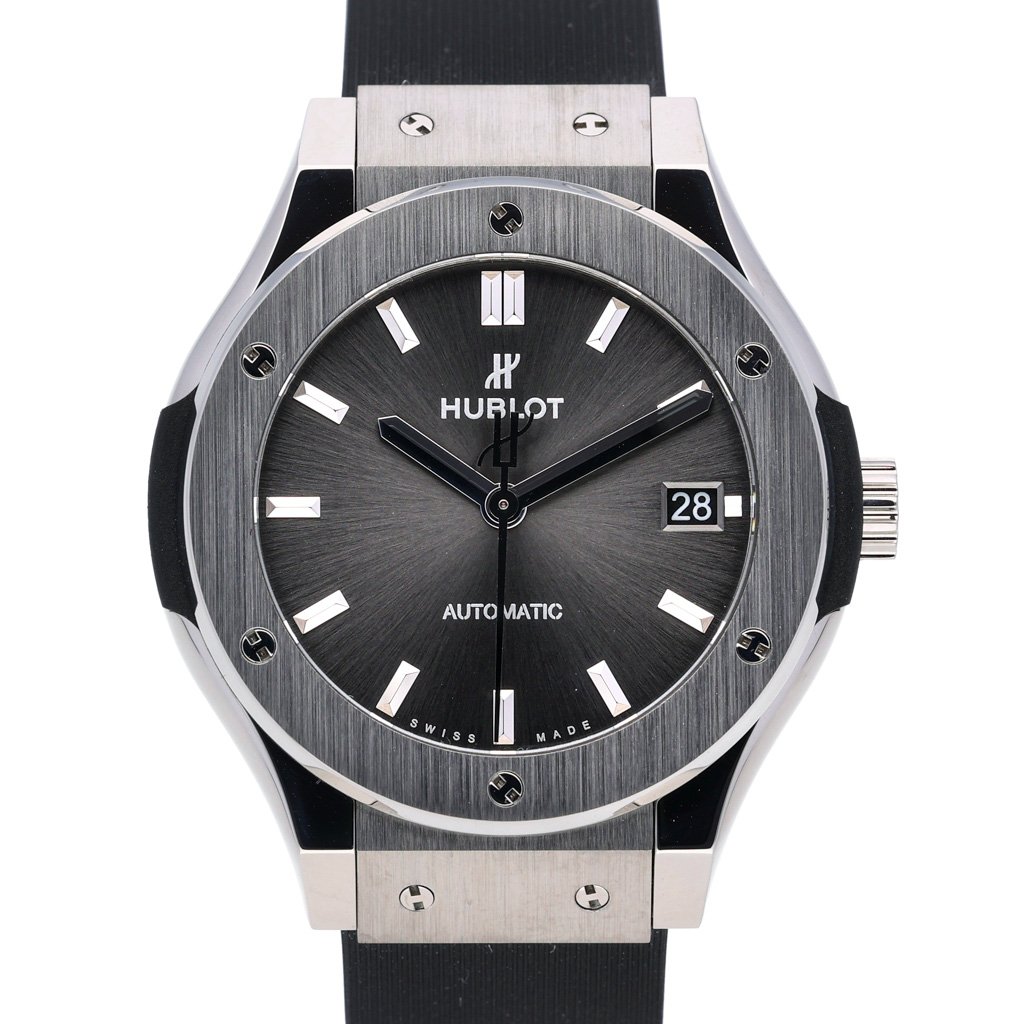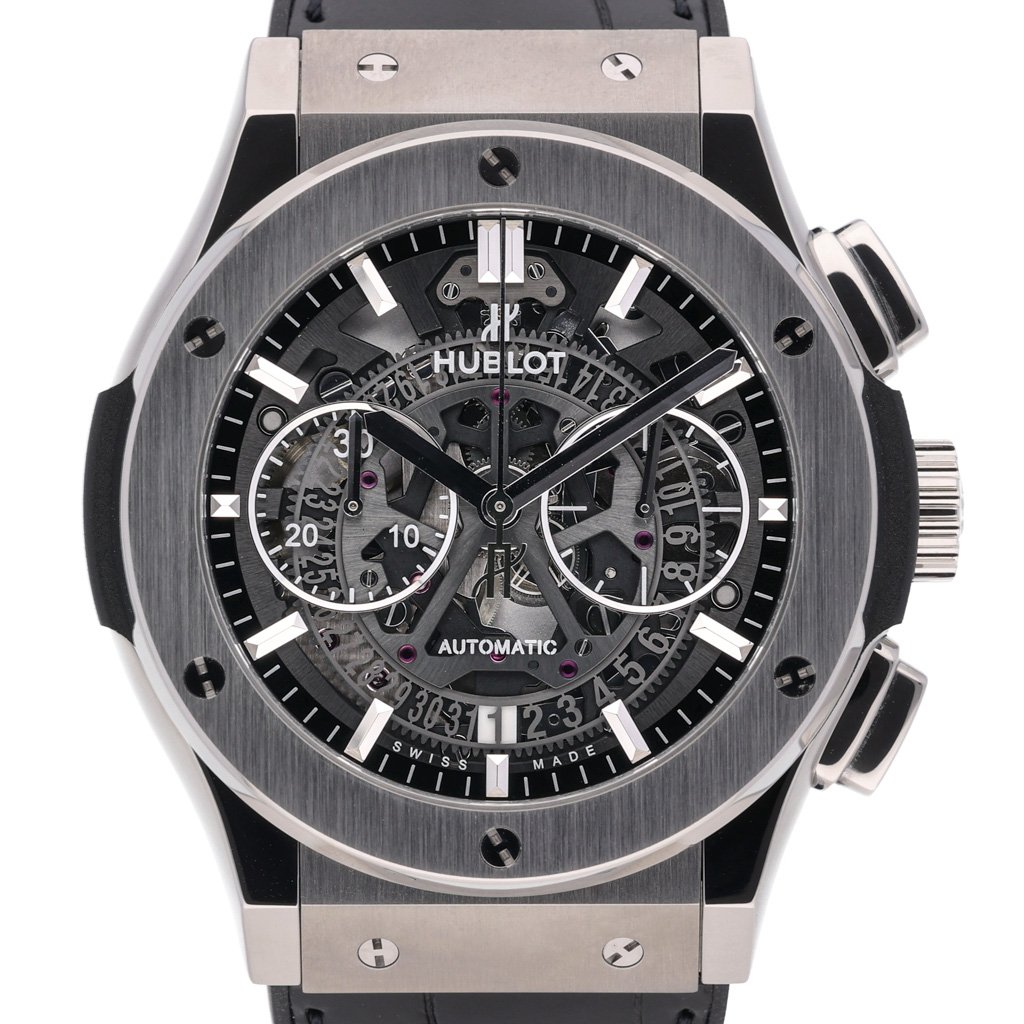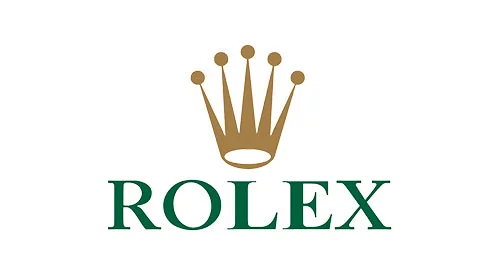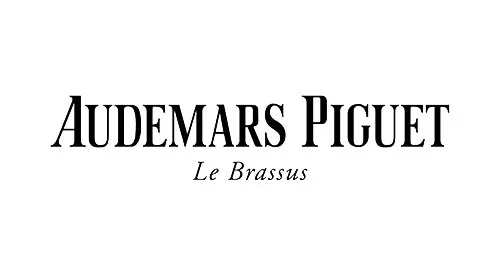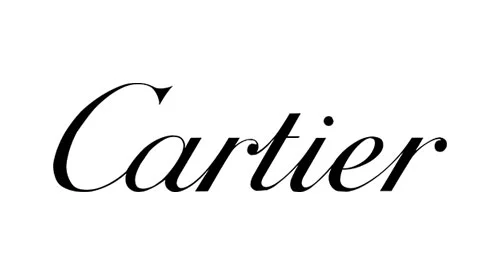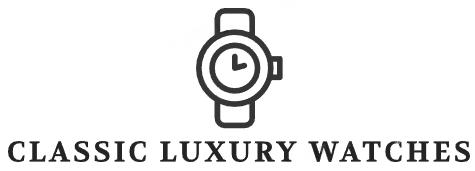Hublot Watches
Hublot, a Swiss luxury watchmaker established in 1980, is now a wholly owned subsidiary of LVMH, a French luxury conglomerate.
Carlo Crocco, a descendant of the Italian Binda Group dynasty, known for producing Breil watches, left the company in 1976 to form his own watchmaking enterprise. He moved to Switzerland and established MDM Geneve, where he created a watch called the Hublot, a French word for “porthole”. This watch featured the first-ever natural rubber strap in watchmaking history, which took three years of research to develop. Despite not attracting any potential customers on the first day of the 1980 Basel Watch Fair, the watch proved to be a commercial success, selling over $US2 million in its first year.
In 2003, Crocco sought someone to oversee Hublot, and he met Jean-Claude Biver, then president of Swatch Group’s Omega division. In May 2004, Biver became CEO, a board member, and a minority shareholder in Hublot Watches, while Crocco focused on Hand-in-Hand Foundation activities.
When Jean-Claude Biver joined the company, he introduced a new flagship collection at the Basel event in April 2005. The collection was named “Big Bang,” and it included a chronograph. The collection was an instant hit, and the brand received three times more orders within a year. In 2004, before Biver’s arrival, the brand had sales worth 24 million Swiss francs. But by the end of 2006, the sales had increased substantially and were close to 100 million Swiss francs.
Hublot has 169 boutiques in various countries. The first mono-brand store opened in Paris in 2007, followed by another in Saint-Tropez. Today, Hublot has a store in London’s Bond Street. In the United States, you can find Hublot stores in Bal Harbour, Beverly Hills, Boca Raton, Dallas, Houston, Las Vegas, New York, Palm Beach, and Scottsdale.
In April 2008, luxury goods group LVMH acquired Hublot Watches from Crocco for an undisclosed price, adding to its portfolio of watch brands, including TAG Heuer.
At BaselWorld 2009, Hublot revealed a new method of detecting counterfeit watches. Using a smart card, the system certifies watches on Hublot’s servers. The procedure went live in August 2009.









